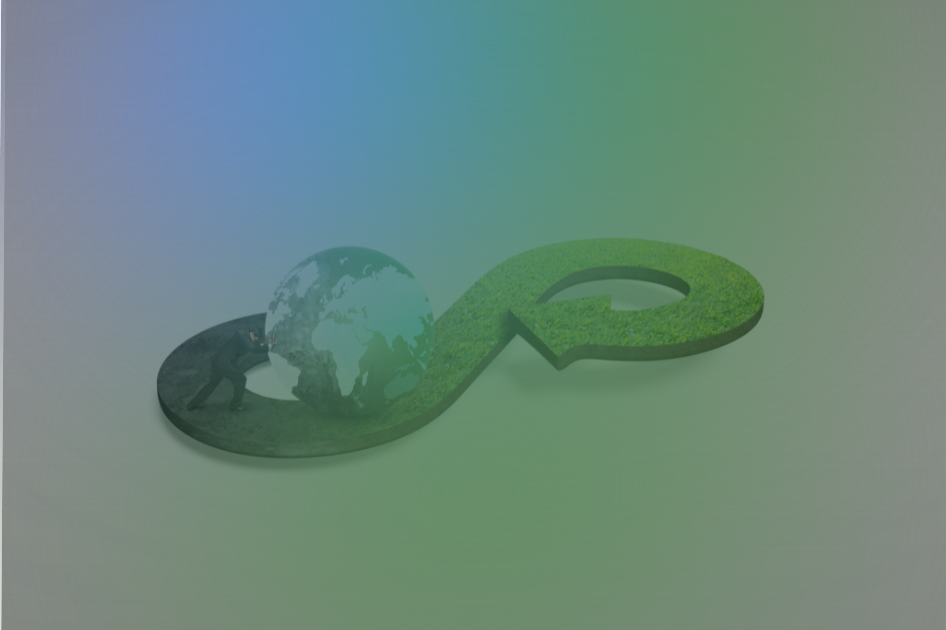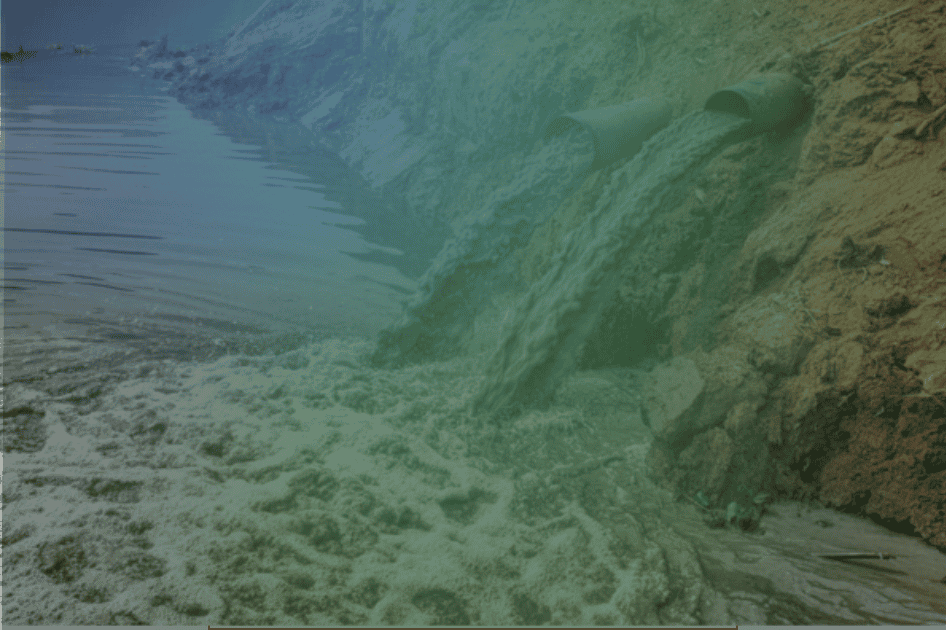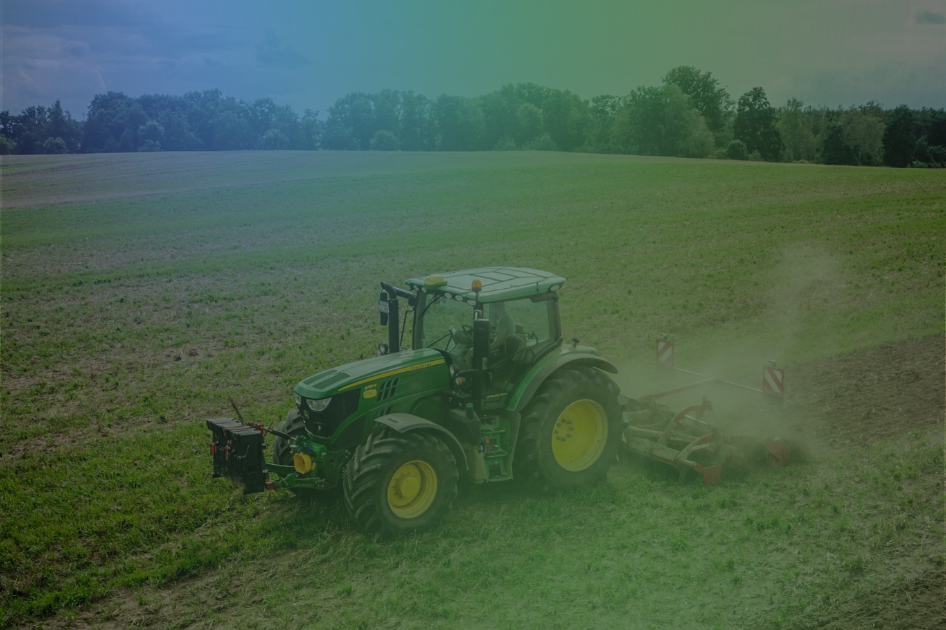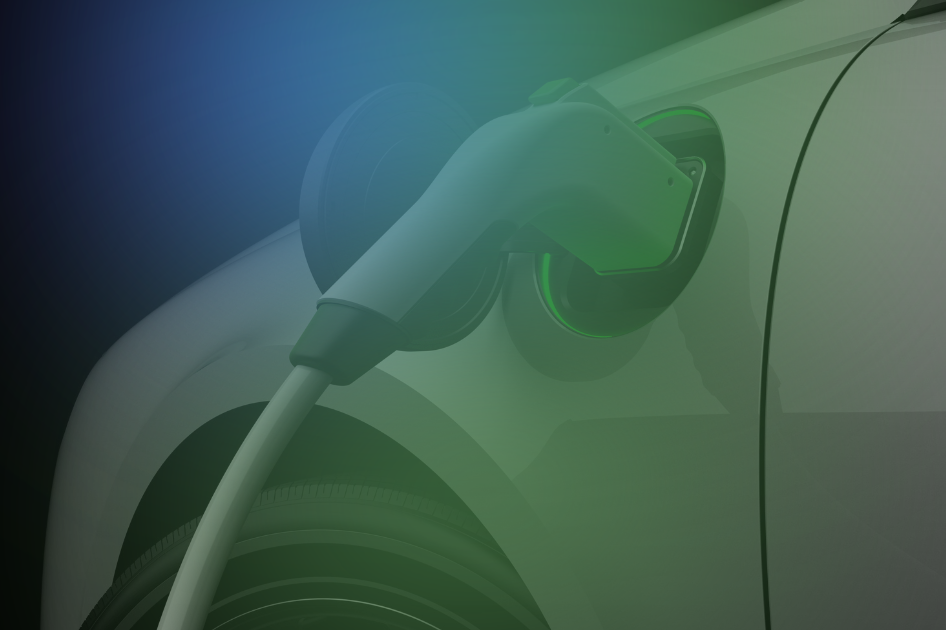In the words of the European Commission, "Energy transition is a transition of materials." There is no room for delusion in this matter. To electrify, digitalize, and decarbonize the economy, raw materials are a necessity, particularly minerals and metals. These resources, when of strategic economic importance and concurrently characterized by a high supply risk, are classified as Critical Raw Materials (CRMs).
Critical raw materials are closely intertwined with clean technologies and represent irreplaceable elements in sectors critical for the ecological transition. This includes the production of solar panels, wind turbines, and batteries for electric vehicles. Among these, rare earths, a group of 17 elements globally dispersed but thinly concentrated, such as lanthanum, cerium, and scandium, hold special significance. They find applications in renewable energy and the defense industry, particularly in radar systems. They are pivotal in the supply chain of permanent magnets, optical fibers, and rechargeable batteries.
However, the list of waste collection centers is not uniform across the globe. As explored in the 43rd issue of Renewable Matter dedicated to critical raw materials, this aspect is best comprehended when viewed through the lens of competition, especially in geopolitical and geostrategic terms. This is because the production of these resources is highly concentrated in specific geographic regions. For example, Australia and Chile are known for lithium extraction, China for graphite and rare earths, the Democratic Republic of Congo for cobalt, and Indonesia for nickel. South Africa, on the other hand, is a significant producer of platinum and iridium. Another crucial consideration is that the processing phase is also heavily centralized. China alone controls over 50% of the world's refined supply of natural graphite, dysprosium, cobalt, nickel, and iridium.
To ensure diversified supplies and secure materials for Union industries, the European Commission introduced the Critical Raw Materials Act on March 16, 2023. This regulation, accompanied by a new list of critical raw materials compiled every three years by the Joint Research Center, aims to ensure that no third country supplies more than 65% of the Union's annual consumption of any raw material. Furthermore, to decouple its needs from imports, the EU Commission strives to extract 10% of its annual consumption of critical raw materials within its territory, reaching a 15% recycling target for each strategic resource.
But how is this accomplished? Through a practice known as urban mining, particularly by tapping into the reservoir of rare metals found in discarded, unused, or obsolete
electrical and electronic equipment (WEEE), such as radios, televisions, cell phones, and computers.
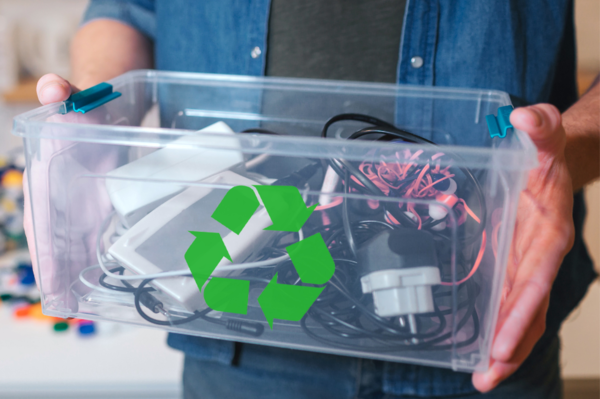
"There are more than 700 million old phones lying in our drawers, almost two per person in the EU. Citizens often struggle to decide what to do with them," stated EU Commissioner Virginijus Sinkevičius on October 6, 2023, as the EU Commission presented a series of policy recommendations to Member States aimed at improving and incentivizing the return of used and discarded cell phones, tablets, laptops, and related chargers. The collection rate for small electronic devices in the EU remains quite low, with cell phone collection rates, for instance, falling below 5%.
"We can make the return, repair, and recycling of these products more clear and straightforward. Today's recommendations focus on effective measures and incentives to increase the collection rate of small electronic devices throughout the EU, giving them a second life. It's a win-win for everyone: people can benefit greatly, the circular economy grows, and we conserve vital raw materials," Sinkevičius concluded.
And what about Italy? According to a study conducted in 2022 by the Think Tank The European House – Ambrosetti, on the Italian Peninsula, 26 out of 30 critical raw materials are essential for the aerospace industry (87% of the total), 24 for high-energy-intensive industries (80%), 21 for electronics and automotive (70%), and 18 for renewable energy (60%). If Italy were to achieve the collection rates of Europe's best performers (70-75%), it could recover 7.6 thousand tons of critical raw materials, equivalent to 11% of those imported from China in 2021.
Conversely, with the current collection rate, by 2025, approximately 280 thousand tons would go unrecovered, resulting in a loss of 15.6 thousand tons of critical raw materials. Increasing the collection rate of WEEE would also yield significant environmental benefits, with a reduction of nearly 1 million tons of CO2, translating into social benefits for the community valued at approximately €208 million. Finally, greater availability of critical raw materials to support the nation's entire economy would reduce import costs, generating an economic advantage of nearly €14 million.
An article written by Emanuele Bompan and Giorgio Kaldor
PUBLICATION
14/11/2023


